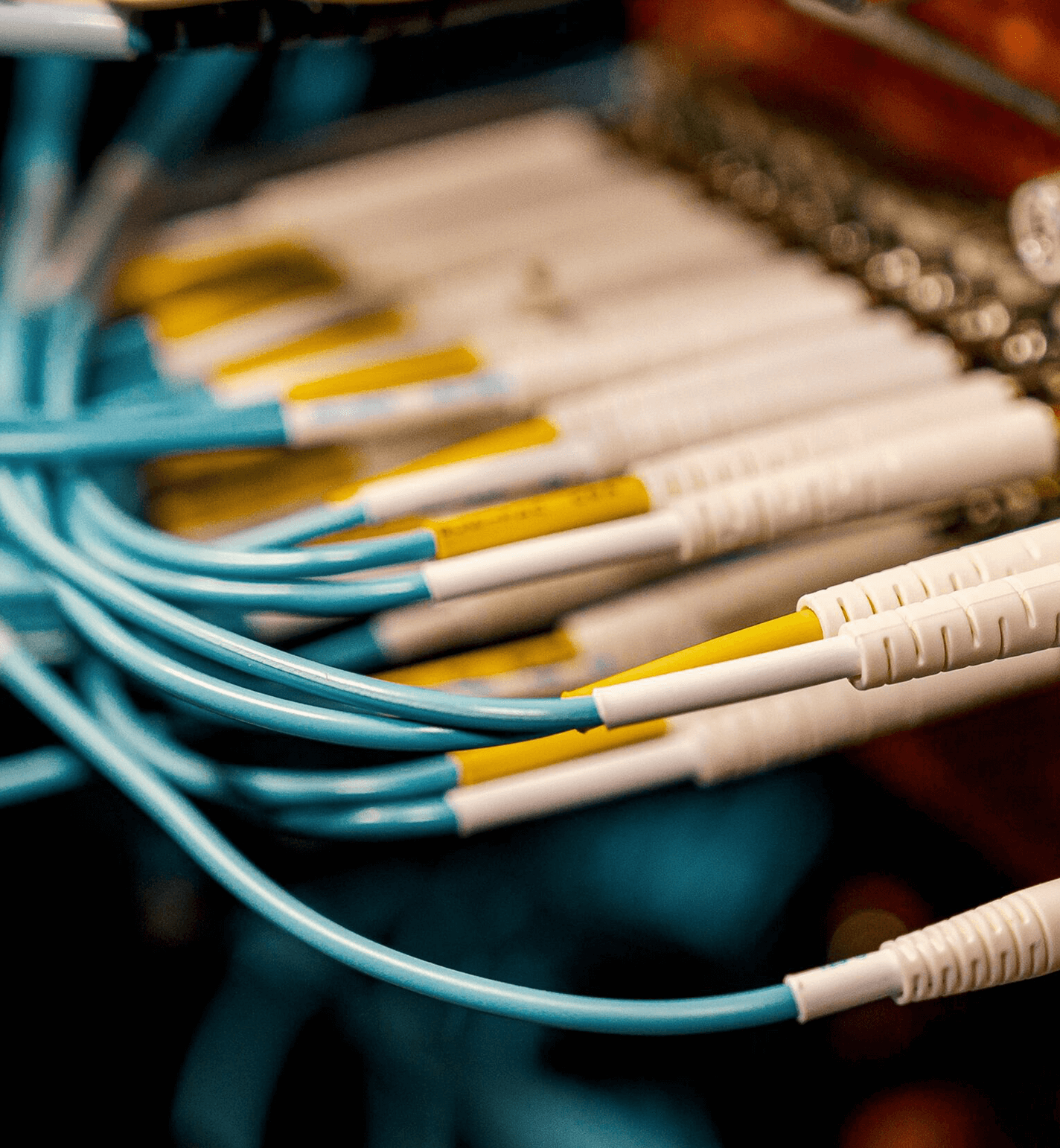There is no doubt that technology for cellular phones has been rapidly developing. Today, 4G networks have been updated to the 5G standard. They will now be even faster.
As each generation of networks is released, more and more advanced devices are made available. The older cellular technology is being phased out in favor of newer technology.
1G
Mobile phone network’s first networks were established in the year 1980. From then on, every new technology of network has enhanced capacity and quality. Each generation brings with it distinct features, advantages, and advancements over the previous generation.
The 1G network, or analog phone technology, was the first to use only voice calls. The 2G generation that followed, introduced digital voice and SMS messaging.

The 2.5G network also included the ability to switch packets using the GPRS/EDGE protocol. These paved the way for high speed apps for mobile data. There are some limitations on the speed of mobile connection. These restrictions are usually imposed via data plan usage limits, hotspot caps or video throttling.
2G
2G introduced data transfers in addition to voice to enable SMS. Using the exact same controls as when talking, data transfers allowed text and image messages to be sent between cellphones. This feature has been so effective that it has completely revolutionized how we talk. It also gave rise to candy bar phones like the Nokia 3210 which sold over 160 million units.
As 3G networks are rolled across the globe, people are now able to use mobile internet to browse sites and use basic applications. 3G networks allowed for higher-end functions like HD television mobile as well as video conferencing.
4G networks introduced faster data transmission allowing to provide more sophisticated features like mobile internet accessibility, HD mobile TV and video conferencing. Mobile IoT technology NB IoT & LTE-M also were paved with this tech.
3G
With the increasing popularity of smartphones it was evident that the 2G network was not enough to handle the data flow. It became clear that 2G was not enough to handle the volume of data.
GSM was introduced in 1990. The technology used in cellular phones developed from analog to digital. The first 3G network was born out of this.
3G offered a significantly higher rate of data transfer over prior network. Also, it allowed mobile internet connections. Companies could be connected when they were in motion.
Numerous carriers are planning to shut down legacy networks and take them over by 4G LTE. This will impact technology like alarms for your home, GPS systems, and cellphones. You can do today to prepare for the switch and maintain your hardware.
4G
The evolution of the 4G network is set to revolutionize the world. This new generation in mobile connectivity has faster data rates as well more dense connections, and lower latency.
Since 3G networks are too crowded and have suffered with slow speeds and a lack of speed, 4G is an advanced technology that allows for high-end gaming apps, HD mobile television, videoconferencing, and IP telephones. It is accomplished by beamforming using analogues that are directional to boost Ricean factor SNR, RF and root mean squared delays.
Smartphones are the primary driver for 4G. This smartphone is credited with making 4G successful, and it will be expected to drive smart innovation in many different fields. They will also help to lower costs and improve the effectiveness of companies. They will also improve the quality of life around all over the world.
5G
In the future, as technology advances and get more efficient, their impact will be unexpected. As an example the 5G network is expected to have a low-latency capability that will be able to handle huge quantities of data. This means buffering on streaming and virtual reality apps could soon be a thing in history.
Millimeter-wave frequency (mmWave) are a kind of radio wave that can transmit more data, are one way 5G dich vu lap mang internet viettel can achieve these speeds at such a high rate. The technology also employs beamforming to target the devices to provide more powerful signals and consumes less power than previous generations of mobile networks.
Similar to previous generations of wireless networks additional features and faster throughputs will continue to propel the development of technology for mobile phones. However, this time the change may seem even more drastic.
